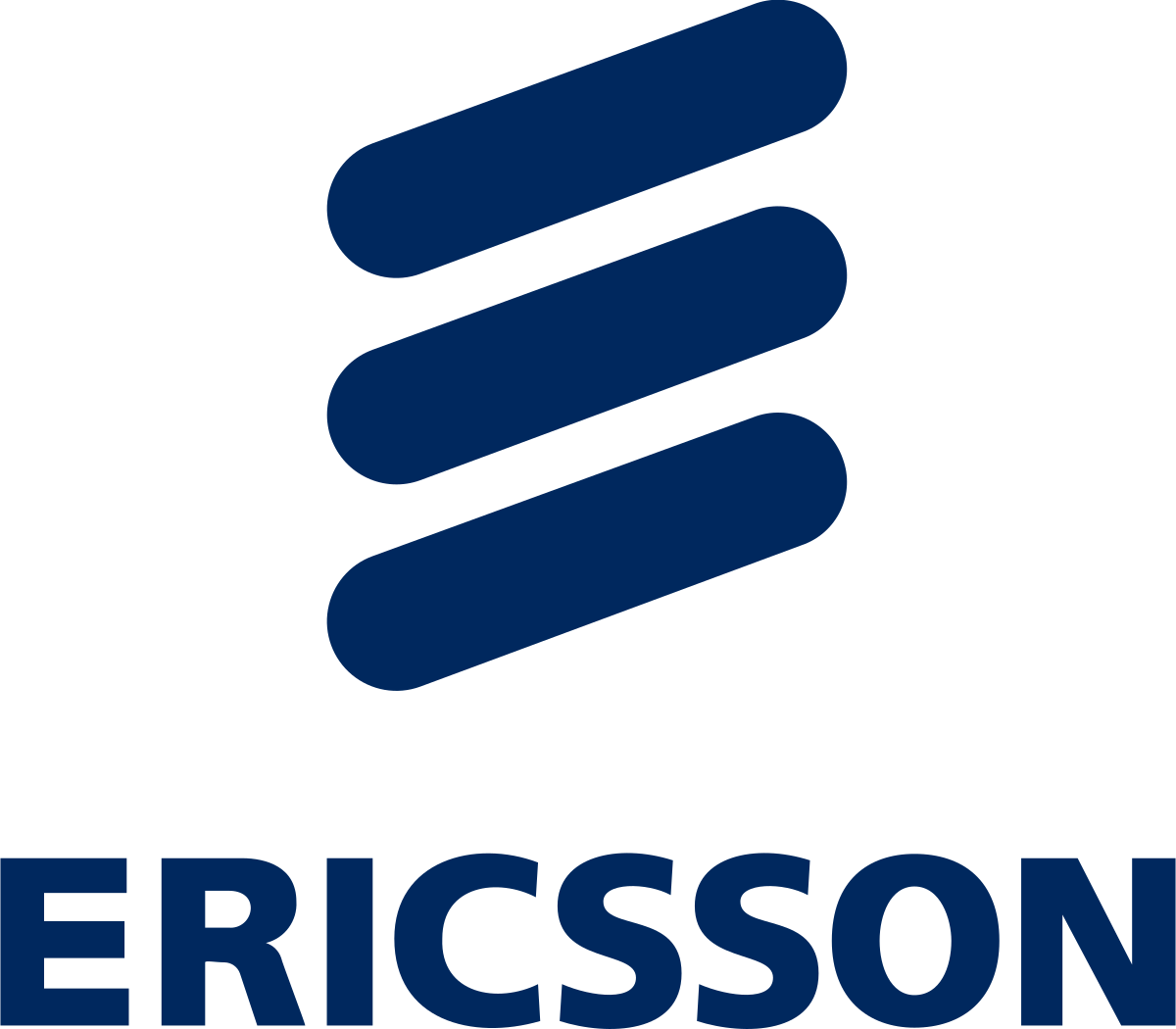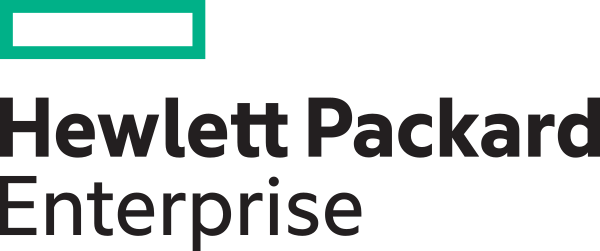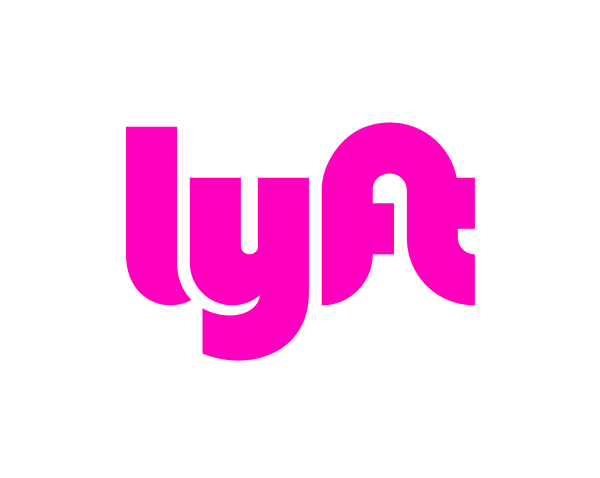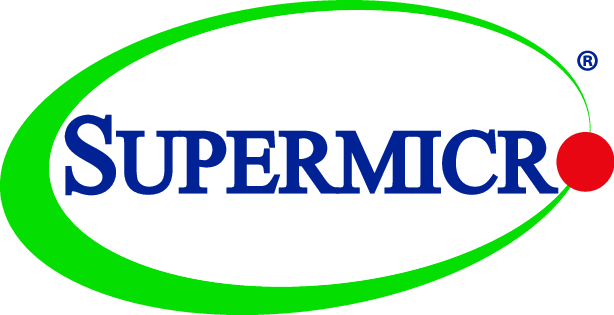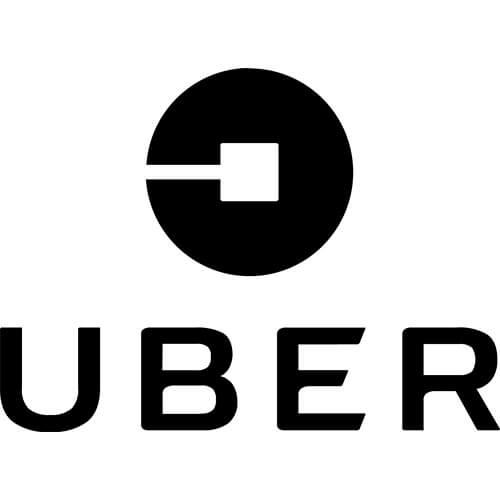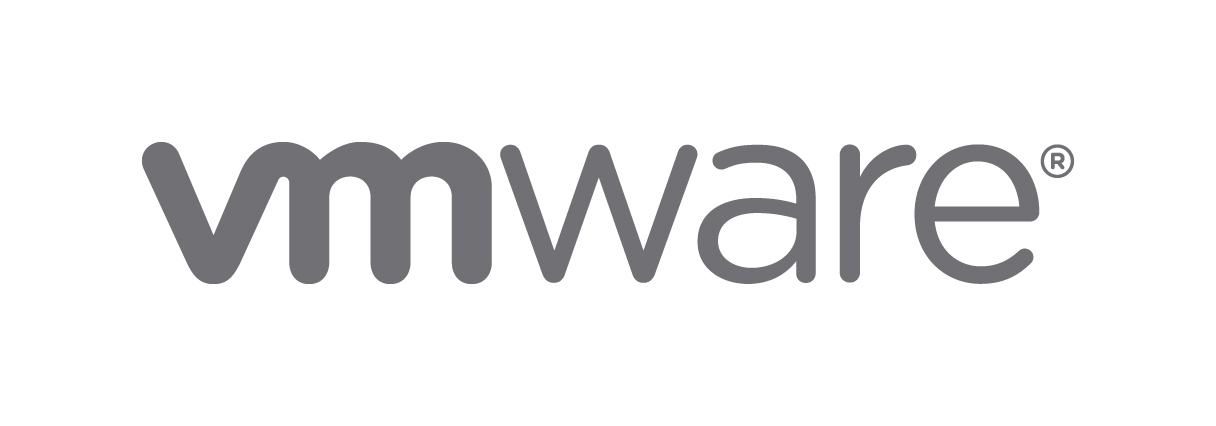At Salesforce, we believe business is one of the greatest platforms for change. We are committed to doing our part to step up to the urgent challenge of climate change, ensure a just transition to a low carbon economy and provide a healthy future for all.
That’s why we are excited to announce the company’s own Step Up commitments which have the potential to catalyze the reduction of over 100 million metric tons of greenhouse gas emissions, before 2030.
These commitments come on the heels of announcing our largest renewable energy agreement to date, which put Salesforce on track to achieve 100 percent renewable energy by 2022.
Supply Chain
By 2024, 60% of Salesforce suppliers (by emissions) to set emissions reduction targets
We’re most effective when we work together. That is why we’re committing to working with our vendors to set their own robust climate targets. As part of our commitment to science-based targets, by 2024, Salesforce will work with suppliers responsible for 60% of our total Scope 3 emissions to set their own emissions reduction targets.
Sustainable Real Estate
All major, new Salesforce office interiors will align with LEED® Platinum v4 standards by 2020 and pursue International Living Future Institute’s Zero Carbon certification by 2030.
Our offices are a physical expression of our company’s values which is why we integrate green building practices throughout our real estate strategy, including office design, construction and operations. Salesforce has already achieved or is pursuing green building certification for 65 percent of its global office spaces.
As the next step in our sustainable built environment program, we plan for all new major Salesforce office spaces established after 2020 to align with LEED Platinum v4 standards, and pursue Net Zero Carbon Building certification through a focus on energy efficiency, impactful renewable energy procurement and the embodied carbon of building materials.
Best practices of the Salesforce Tower in San Francisco have influenced the Ohana Design Standard, which is implemented throughout Salesforce’s global operations and will continue to influence our green building direction. Salesforce Tower is LEED Core and Shell Platinum Certified and on track to be the highest-rated LEED v4 Platinum (Commercial Interiors) project in the United States. The Tower surpasses LEED energy performance requirements by 35 percent. Salesforce Tower will also feature an innovative Blackwater recycling system, which will save 7.8 million gallons of water a year. The system is the first of its kind in a commercial high-rise building in the U.S. and the first partnership in the U.S. between a city government, building owner and a tenant to support blackwater reuse in a commercial high-rise building.
Clean Energy
By 2022, achieve 100% Renewable Energy
Our long-term target is a 24/7 clean energy grid. In pursuit of this future, Salesforce set two interim targets to address the climate impacts of our own electricity use. We reached our first target in 2017, Net-Zero Greenhouse Gas Emissions, by procuring carbon offsets for the emissions associated with our electricity use that we couldn't avoid, reduce, or offset with renewable energy purchases. Last fiscal year, we also made it halfway to our second target of 100% Renewable Energy.
Now we are committing to reach 100 percent renewable energy by 2022. Achieving this the impactful way means thinking about deliberate, lasting, long-term grid transformation. Learn about our clean energy strategy here.
Transportation
By 2020, expand internal price on carbon, offsetting 100% of business travel and employee commuting emissions
Decarbonizing the transportation sector is critical to combating climate change. We are expanding our Net-Zero and Carbon Neutral Cloud achievements to include business travel and employee commuting related emissions to drive investments in transportation emissions reductions. By 2020, any business travel and employee commuting related emissions that cannot be reduced will be offset.
Investing in Climate Impact
By 2022, $10M to invest in climate entrepreneurs and startups
The Salesforce Impact Fund launched in 2017 to catalyze the growth of companies who are building products and solutions to benefit society. Now we are excited to announce that over the next three years Salesforce will invest $10 million in climate entrepreneurs and startups building on the Salesforce platform and creating better access to clean energy, improving resource efficiency and increasing supply chain performance.
Water Leadership
Commit to We Mean Business’ Improve Water Security initiative
Responsible water management is fundamental to ensuring long-term resilience of the world’s most precious resource - water. Many of the areas we operate in are likely to experience increased water stress in the future because of the effects of climate change. That’s why we have focused on tracking, analyzing and reducing our water footprint across our operations. But the journey doesn’t stop there. By signing on to We Mean Business’ Improve Water Security pledge, Salesforce is committing the ongoing journey of responsible water management.
Advocacy & Collaboration
Lead geographies where we operate toward a just transition to a low carbon economy
Salesforce is committed to using our voice to advocate for policies which set the geographies we operate in on course for a just transition to a low carbon economy and limit global warming to 2 degrees or less above pre-industrial levels. This includes working to shift the physical supply of power for our operations to low carbon resources.
Salesforce is proud to add our voice to the following external efforts:
● RE100
● Net Zero by 2050
● Step Up Declaration
● World Green Building Council’s Net-Zero Buildings
● Science Based Targets
● Responsible Corporate Engagement in Climate Policy
● Powering Past Coal Alliance
● Paris Solutions Campaign
● Task Force on Climate-related Disclosures
● The Corporate Colocation and Cloud Buyers’ Principles
● Improve Water Security








